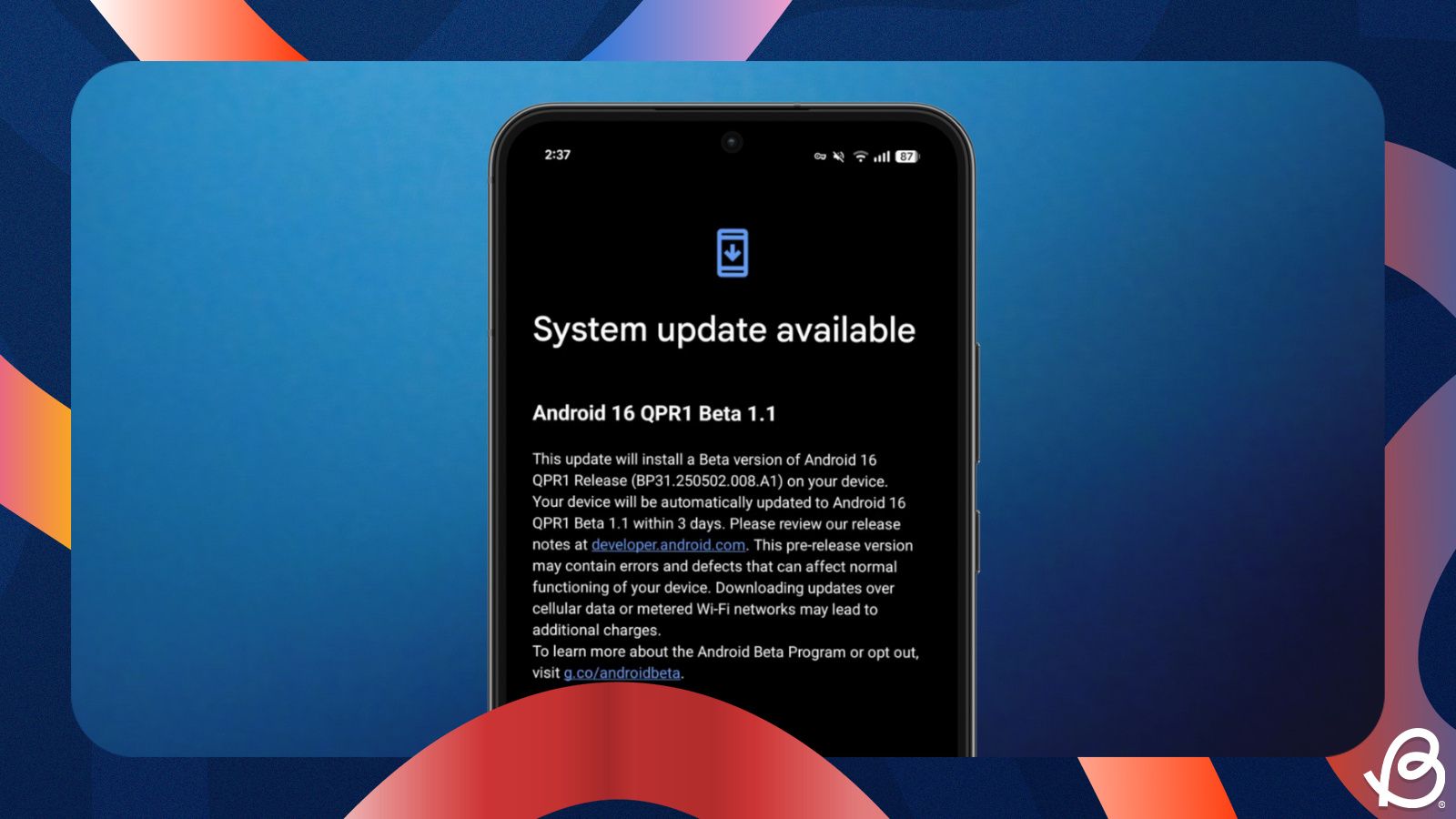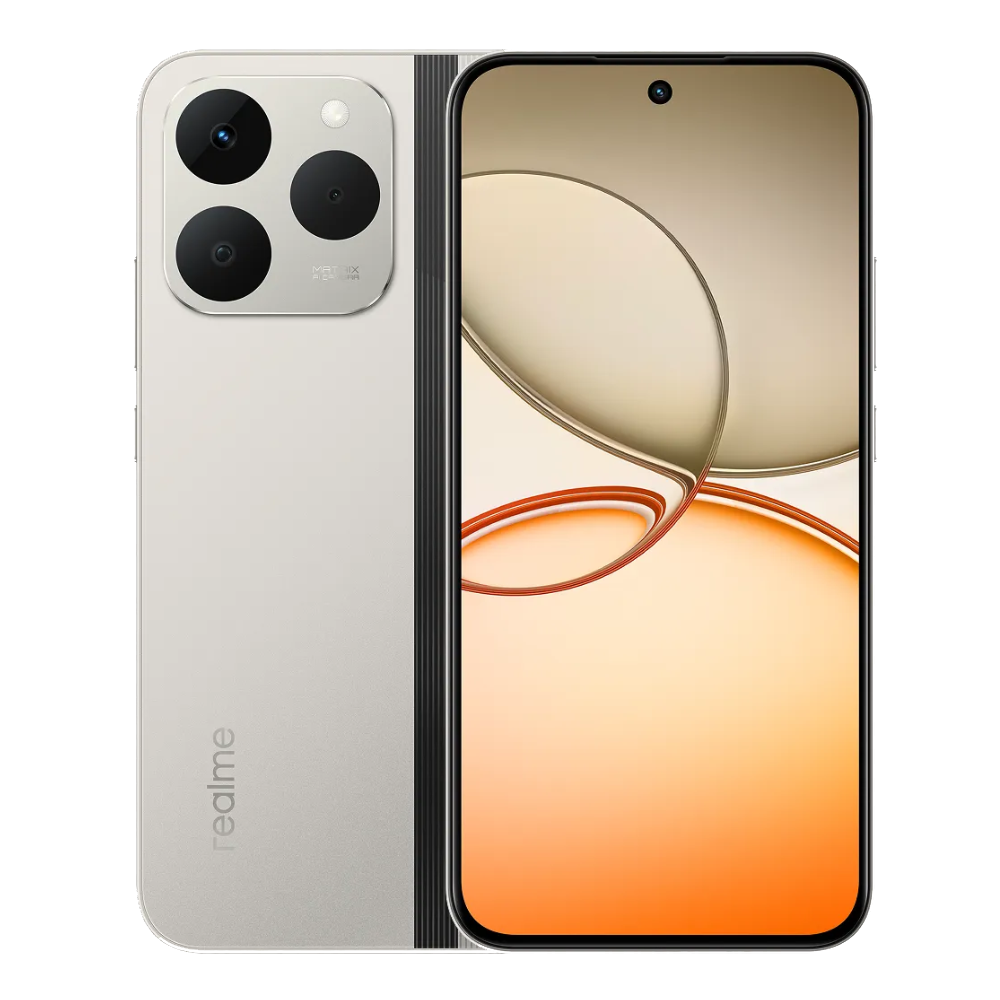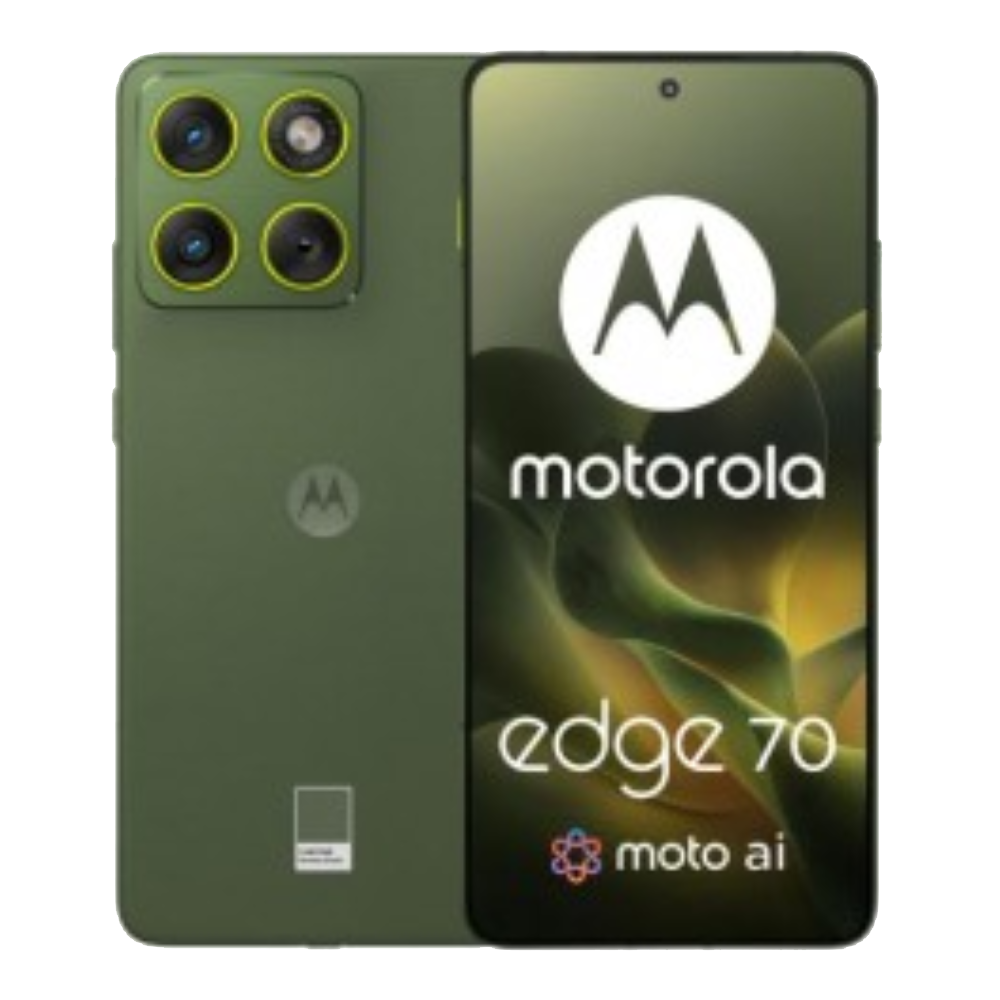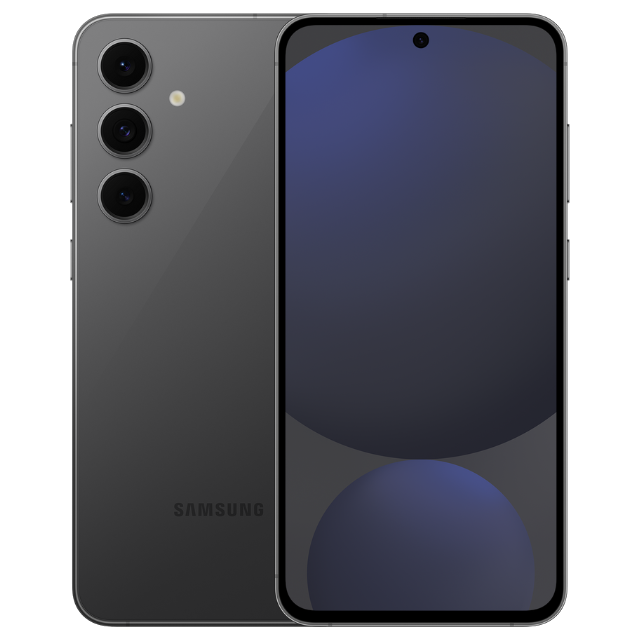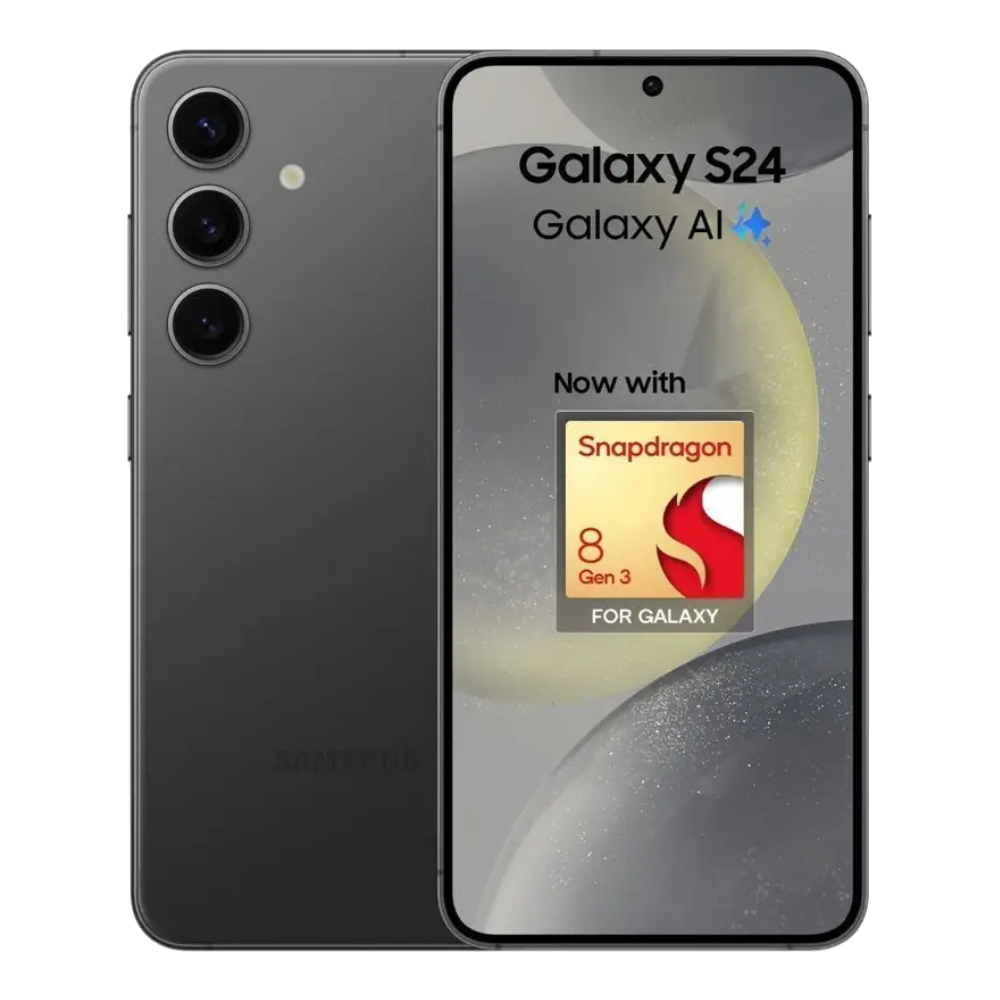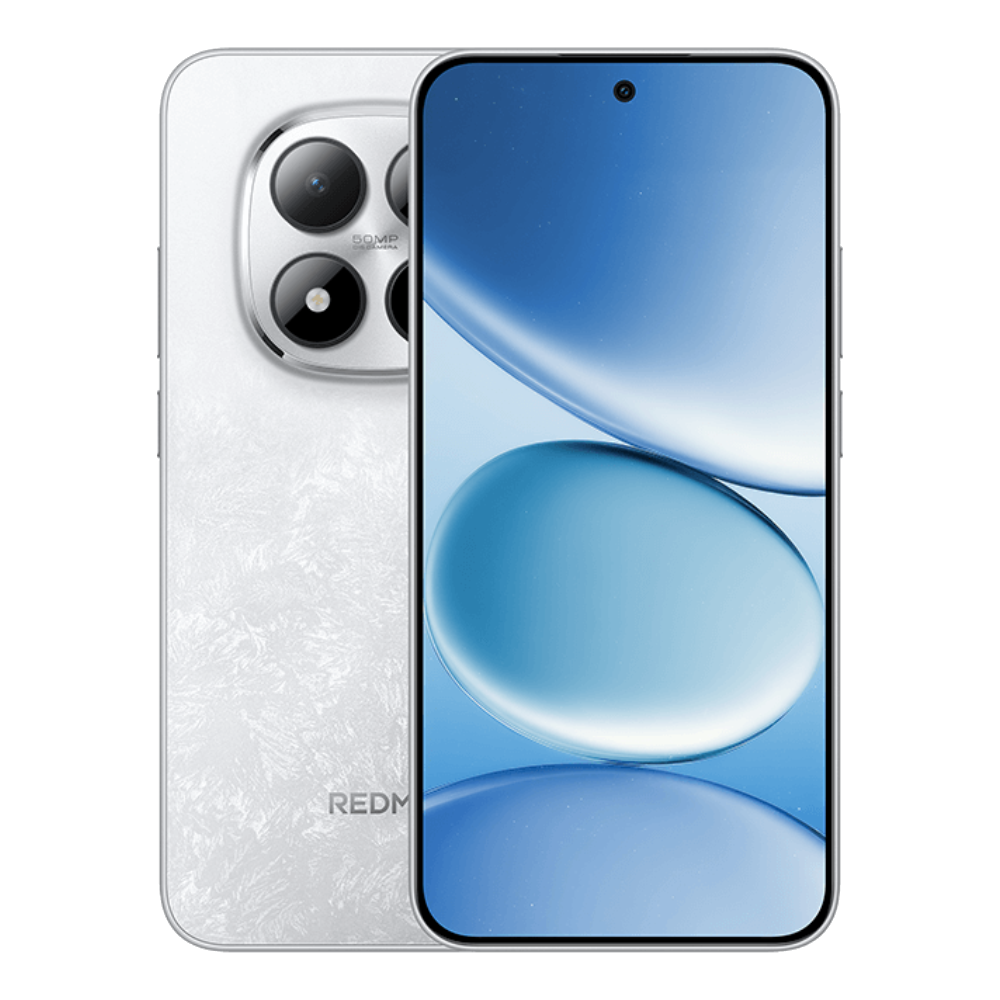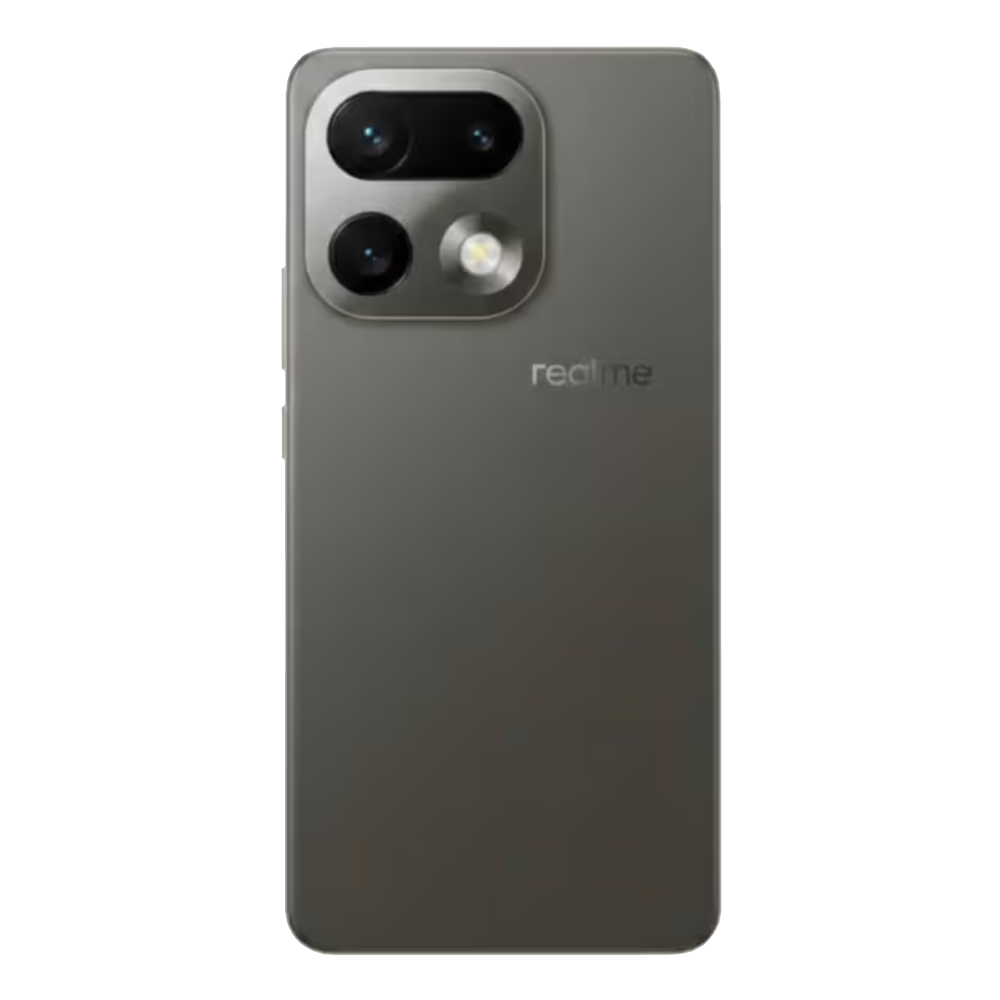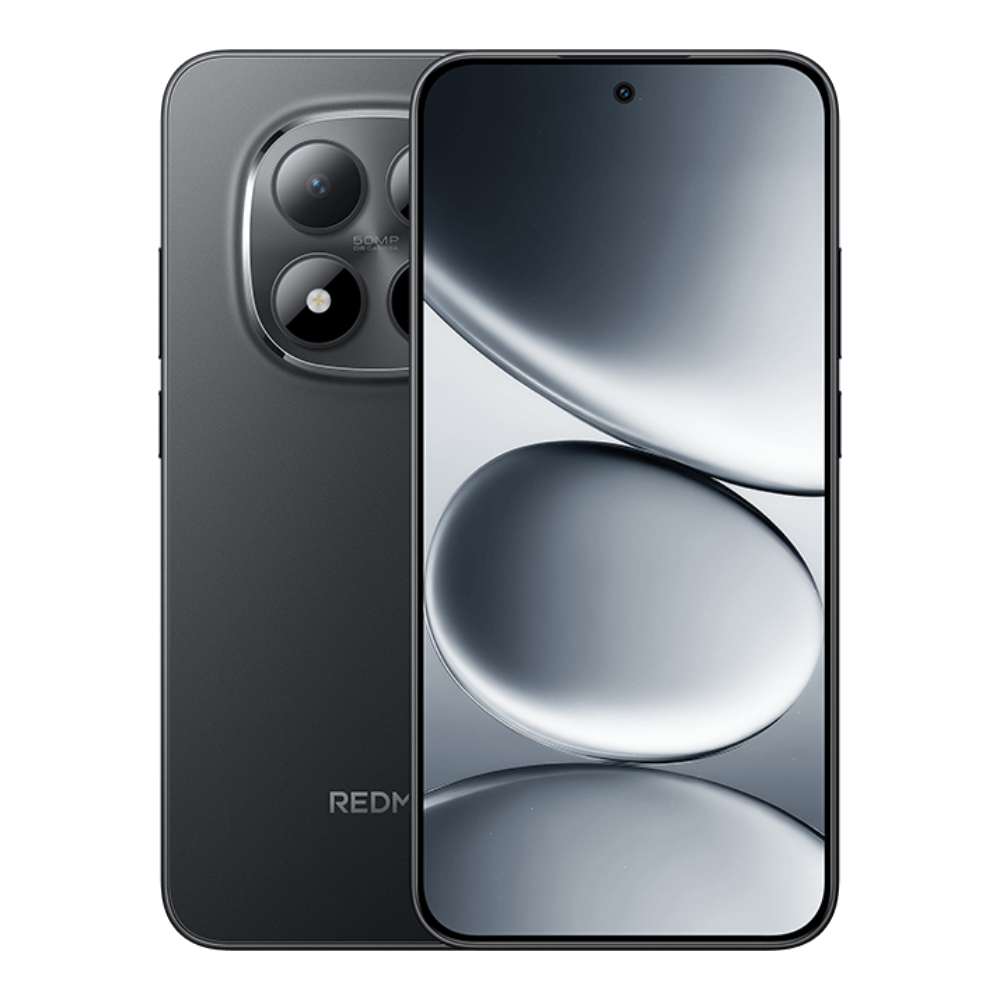At a special event in China, MediaTek launched the Dimensity 9500, a premium chipset that promises incredible CPU and GPU performance. Recently, Google also joined in and unveiled its in-house Tensor G5 chipset, which powers the Pixel 10 series. However, does the Tensor G5 have the prowess to compete with the flagship Dimensity 9500? To find out, we have compared both chipsets across Geekbench and other benchmarks. On that note, let's dive in.
Dimensity 9500 vs Tensor G5: Geekbench Score
Geekbench 6 CPU | Dimensity 9500 (Official) | Tensor G5 |
Single-core | 4,007 | 2,285 |
Multi-core | 11,217 | 6,191 |
During the launch event, MediaTek officially revealed the Geekbench score of the Dimensity 9500, which received 4,007 in single-core and 11,217 in multi-core. On the other hand, Google's Tensor G5, running on our Pixel 10 Pro unit, managed to get 2,285 in single-core and 6,191 in multi-core.
Since Google has packed older Arm Cortex cores on the Tensor G5, it has performed poorly on the Geekbench test, compared to the Dimensity 9500 which features Arm's latest C1-series CPU cores. If we go by MediaTek's official numbers, the Dimensity 9500 is 75% faster in single-core workloads and around 81% faster in multi-core tasks.
Having said that, these numbers have been published by MediaTek so take the early results with a grain of salt. We will be running the Geekbench test on the Dimensity 9500 pretty soon, and only then will we be able to make a conclusive judgment about the actual performance gap.
Dimensity 9500 vs Tensor G5: Specs Comparison
The Dimensity 9500 has been manufactured on TSMC's improved 3nm (N3P) process node, while the Tensor G5 has been fabricated on TSMC's 3nm (N3E) node. MediaTek has gone with Arm's new C1-series CPU cores, which can reach up to 4.21GHz.
The Tensor G5, meanwhile, packs Arm's older Cortex-series CPU cores, with a peak frequency of 3.78GHz. On the graphics front, you have the powerful Arm Mali-G1 Ultra MC12 GPU on the Dimensity 9500 whereas the Tensor G5 brings the DXT-48-1536 GPU from Imagination Technologies without ray tracing support.
Specs | Dimensity 9500 | Tensor G5 |
Process Node | TSMC's 3nm (N3P) | TSMC’s 3nm (N3E) |
CPU | 8-core Arm C1-series CPU | 8-core Arm Cortex CPU |
CPU Cores | 1x C1-Ultra (4.21GHz), 3x C1-Premium (3.50GHz), 4x C1-Pro (2.70GHz) | 1x Cortex-X4 (3.78GHz), 5x Cortex-A725 (3.05GHz), 2x Cortex-A520 (2.25GHz) |
GPU | Arm Mali-G1 Ultra MC12 | Imagination Technologies DXT-48-1536 GPU, No Ray Tracing |
Storage and Memory | UFS 4.1 (4-lane), LPDDR5X memory, Up to 10667 Mbps | Zoned UFS 4.0 (512GB and above) and LPDDR5X |
NPU | MediaTek NPU 990 | New Google Edge TPU |
ISP | Imagiq 1190, 320MP image, 8K60FPS video capture | New ISP, Shoot 4K video at 60 FPS |
Modem | MediaTek Release 17 5G modem (Sub-6GHz only), Up to 7.4Gbps peak download speed | Samsung Exynos 5400 5G modem, Sub-6GHz 5G band support (India) |
Connectivity | Wi-Fi 7 and Bluetooth 6.0 | Wi-Fi 6E, Wi-Fi 7, and Bluetooth 6.0 |


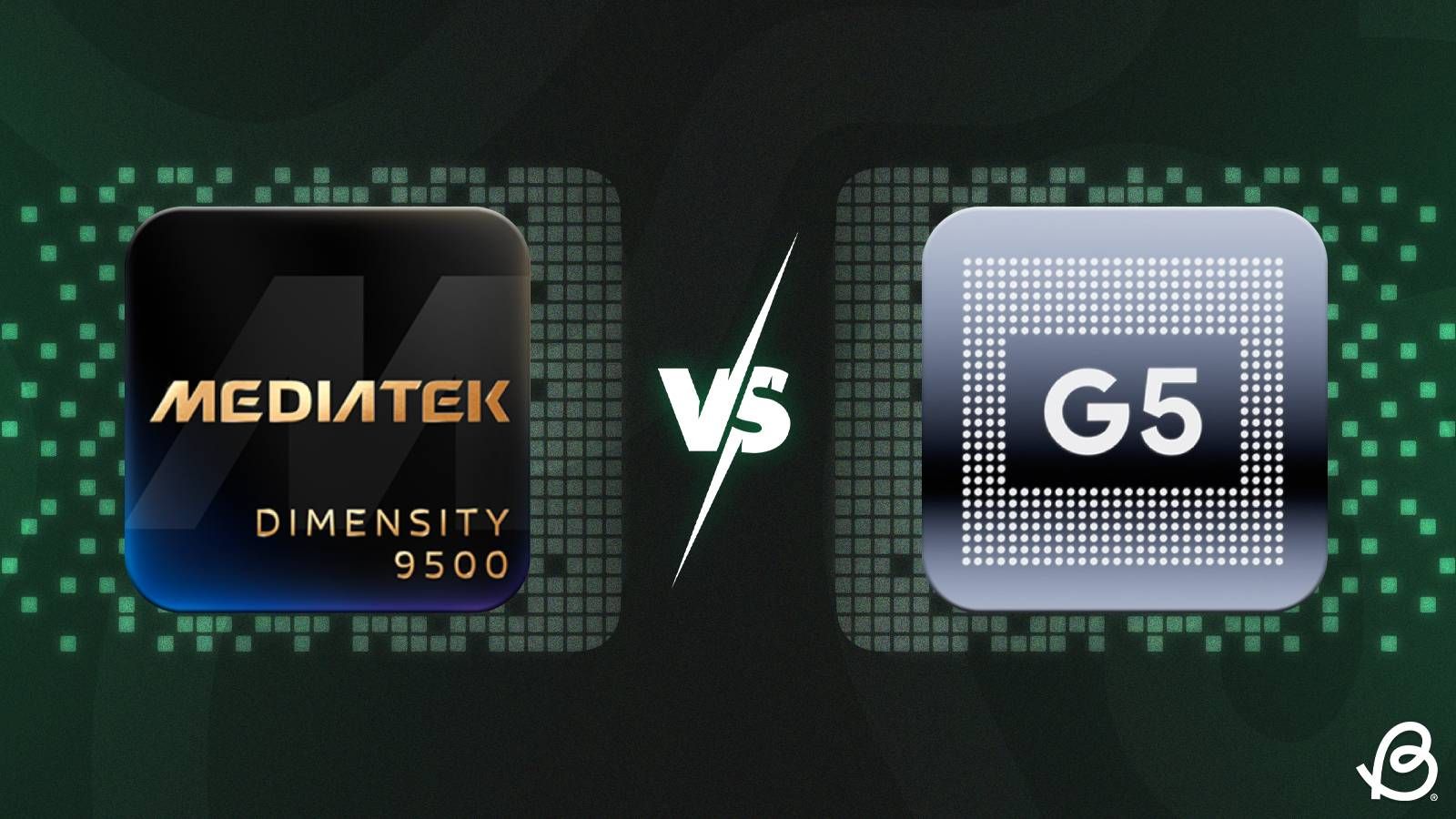



.jpg)
